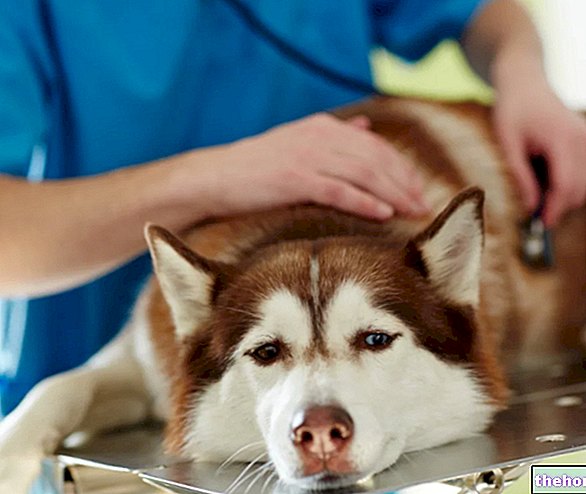- Urolithiasis
It is the second most common cause in cats and indicates the formation of stones, generally of struvite or calcium oxalate. Their localization may initially be in the bladder lumen, causing inflammation and injury to the organ mucosa. The uroliths can also take the urethra route and cause obstruction. In some cases through the urine test it is possible to find crystals of the same composition as the uroliths present, but the absence of this relief does not exclude this cause, which must be investigated through advanced diagnostic tests.
There is a breed predisposition for the formation of uroliths and it has been seen that they can be more diagnosed in male cats, neutered, in old age and with a greater degree of inactivity and obesity.
- Bacterial infections
Less frequent than in dogs, they are often secondary to other causes of cystitis such as neoplasms, uroliths and anatomical defects. Bacterial cystitis can also be diagnosed with concomitant urinary system disorders or following catheterization procedures. Generally, people who have had bacterial infections in the bladder have a predisposition to return them in the future.
- Anatomical malformations
During fetal life, mammals present a communication between the bladder and the placenta through the navel, called the uraco. Under normal conditions this canal atrophies at birth, but there may be cases in which it remains completely or partially open. bladder diverticula that predispose to an inflammatory state, urine stagnation or infections.
- Neoplasms
Bladder tumors in cats are usually located at the apex of the organ and are formed by contiguity or lymphohematogenic diffusion. More common in male cats, the most commonly encountered neoplasm is transitional cell carcinoma (TCC) followed by squamous cell carcinoma, adenocarcinoma, fibroma, hemangiosarcoma, leiomyoma and leiomyosarcoma and lymphoma.
- Neurological disorders
They are a set of causes that produce impaired bladder emptying and therefore predispose to inflammation at this level due to urine stagnation. Injuries to the innervation of the bladder can result in a lack of relaxation of the urethral sphincters, a lack of activation of the detrusor muscle or both concomitant situations.
- increased frequency of urinationOften the owner notices the cat's state of discomfort due to the numerous vocalizations when it is in the litter box, given by the pain and difficulty in urination. In these cases it is important to check that the feline is actually able to urinate; situations of anuria (lack of urination) indicate serious conditions of obstruction, which require emergency intervention by the veterinarian.
Finally, it is possible to find symptoms that do not concern the urinary system such as alopecia from autotraumatism, localized in the abdominal area, and aggression linked to the stress that is perceived by the animal.
and ultrasound, to gradually exclude differential diagnoses supported by specific causes. of the patient, as it is an emergency condition.
Cystitis, even if non-obstructive, is always associated with the presence of significant pain, which must be combated with analgesic drugs, such as buprenorphine or butorphanol, and anti-inflammatory drugs, such as NSAIDs.
Specific protocols for the diagnosed cause are then considered for the treatment of cystitis in cats.
- In the case of urolithiasis, the therapy depends on the composition of the uroliths present. If the stones are formed by struvite, a veterinary diet that aims to dissolve them plays an important role; for calcium oxalate uroliths, on the other hand, there is no specific diet for which complete resolution is achieved through surgery. In both cases, the increased intake of water by the animal, the use of pH variator supplements, the fight against obesity and the increase in physical activity allow an improvement of the disease and prevent relapses.
- Antibiotic therapy is carried out only when cystitis becomes bacterial etiology, receiving the results of uroculture and antibiogram. The preference on the use of classes of antibiotics occurs by preferring the molecules that reach a good concentration in the urinary level. The drugs most used also for empirical treatment belong to the class of penicillins or cephalosporins.
Finally, the particular condition of FIC requires specific multimodal therapy, which takes into account the predispositions described above.
in the form of diffusers, useful as an environmental integration of the therapy.
Finally, in the case of FIC, a correction of the management of the environment in which the animal lives becomes important: after the analysis of the current condition, measures can be implemented regarding the resources available to cohabiting cats or the activities that can be carried out. to stimulate the cat in everyday life to exercise and play, cultivating the relationship with the owner.




























